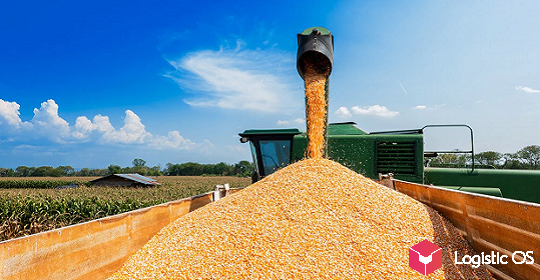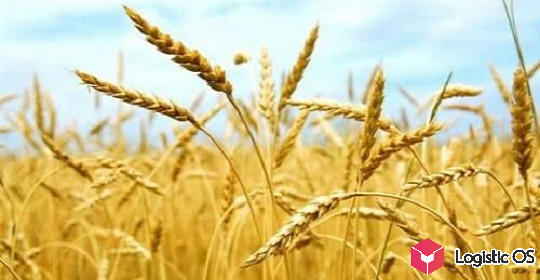This opportunity has opened for carriers since September 6th.
Prior to that, sanctioned goods could only be transported through Russia by road and rail.
The list of sanctioned goods was compiled back in 2014, when Russia imposed a number of retaliatory measures after imposing sanctions on it. Since then, the import of sanctioned goods into the territory of the Russian Federation has been completely prohibited.
An exception is only those cases when such a cargo will pass through it in transit, and the goods will not only not be unloaded, but also the cargo compartment will not be opened.
The only option for such transit is to put special seals on each container . This is done by the Center for the Development of Digital Platforms LLC.
The procedure takes place at customs: all containers are sealed at the entrance, the seals are removed at the exit. Their imposition, removal, as well as daily rent are also expensive: about 2,000-2,500 rubles.
However, there are simply no alternatives. Throughout the entire route, the electronic seal monitors not only the integrity of the container, but also the clear following of the vehicle along the agreed route.
Which seaports will be available for sanctioned goods?
There are only three ports:
Big port of St. Petersburg.
Port Vostochny and Port Vladivostoksky (Far East).
Despite the fact that there are only three ports, they are key.
For example, Vostochny and St. Petersburg are on the trade route from the EU to the Asia-Pacific region.
And the port «Vladivostok» is an intermediate point on the way from the USA to Monogolia and Central Asia.
Thus, opening of three ports for sanctioned cargo will greatly simplify their import into the territory of the Russian Federation, as well as speed up and reduce the cost.
At the same time, the transit of goods through the territory of the Russian Federation is still possible only with the help of road and rail transport. Only import can be carried out through seaports.
It is planned that the inclusion of seaports in the supply chain for sanctioned goods will increase their volume by 8.5%.
This is about 82 thousand containers per year.
“The opening of the ports will add more than 10 thousand TEUs to the total transit traffic with the prospect of annual growth — the volume of traffic on the traditional Deep Sea route through the Suez Canal is about 22 million TEU annually. Some of these cargoes will go through Russian ports, ”the Center for the Development of Digital Platforms notes.

